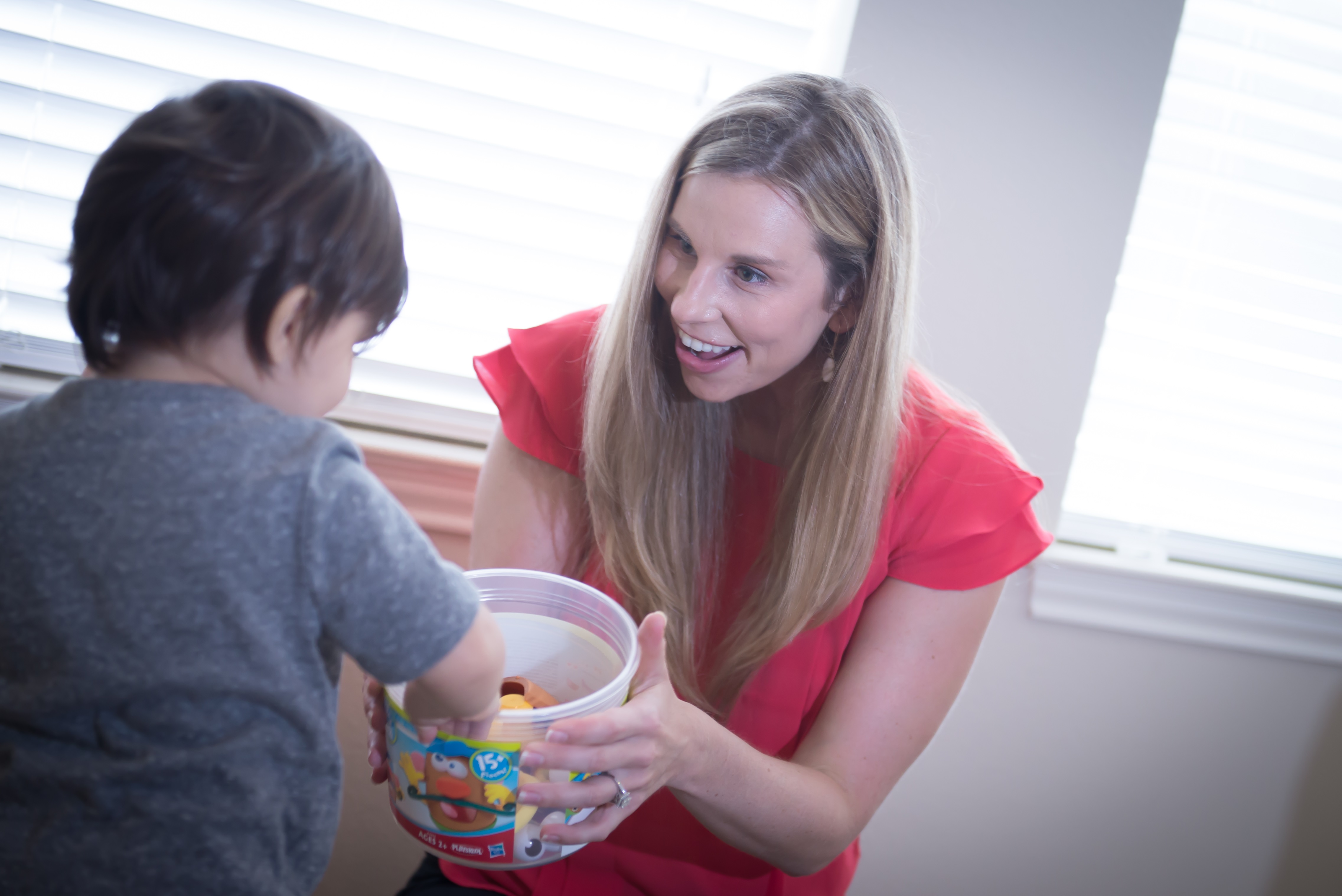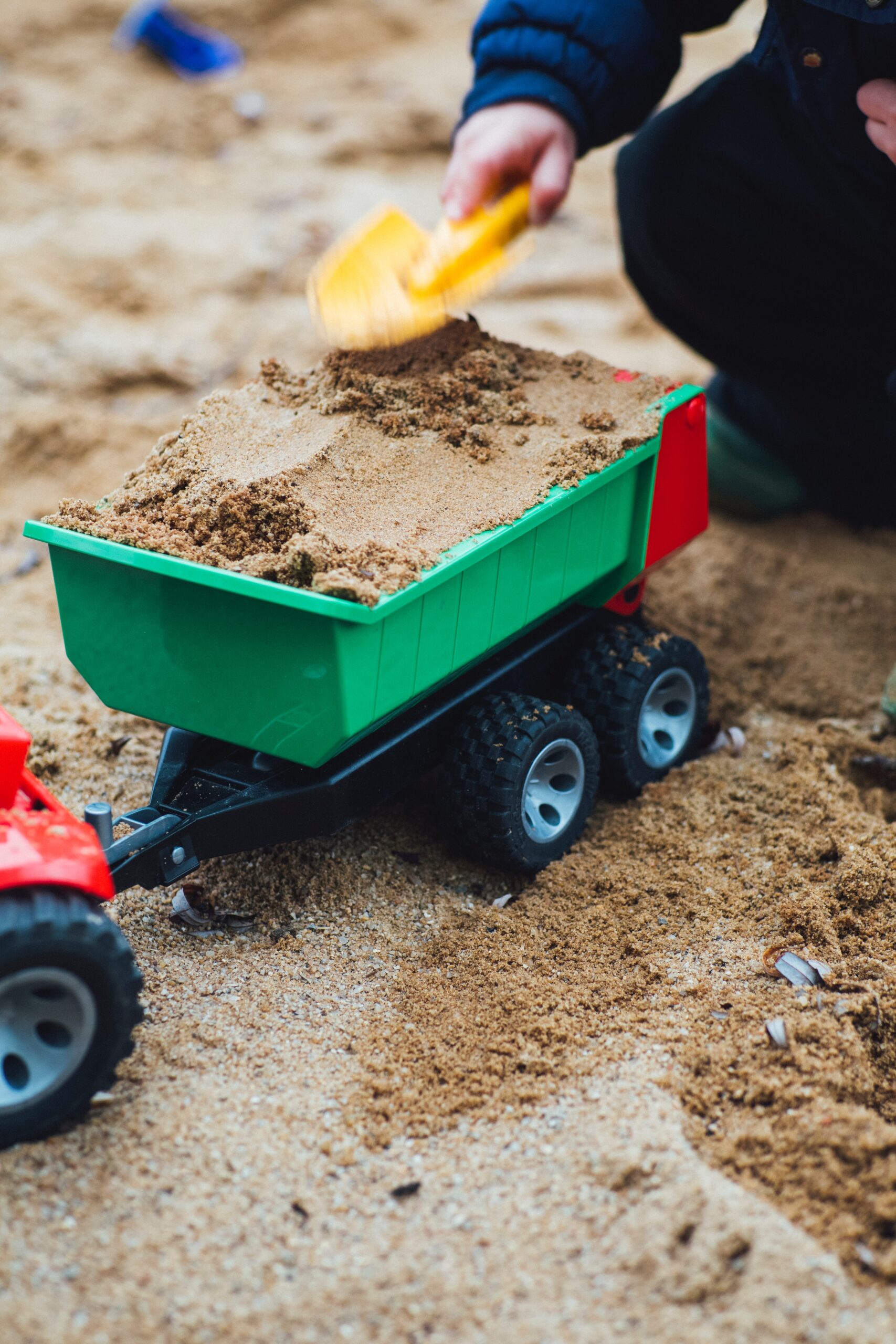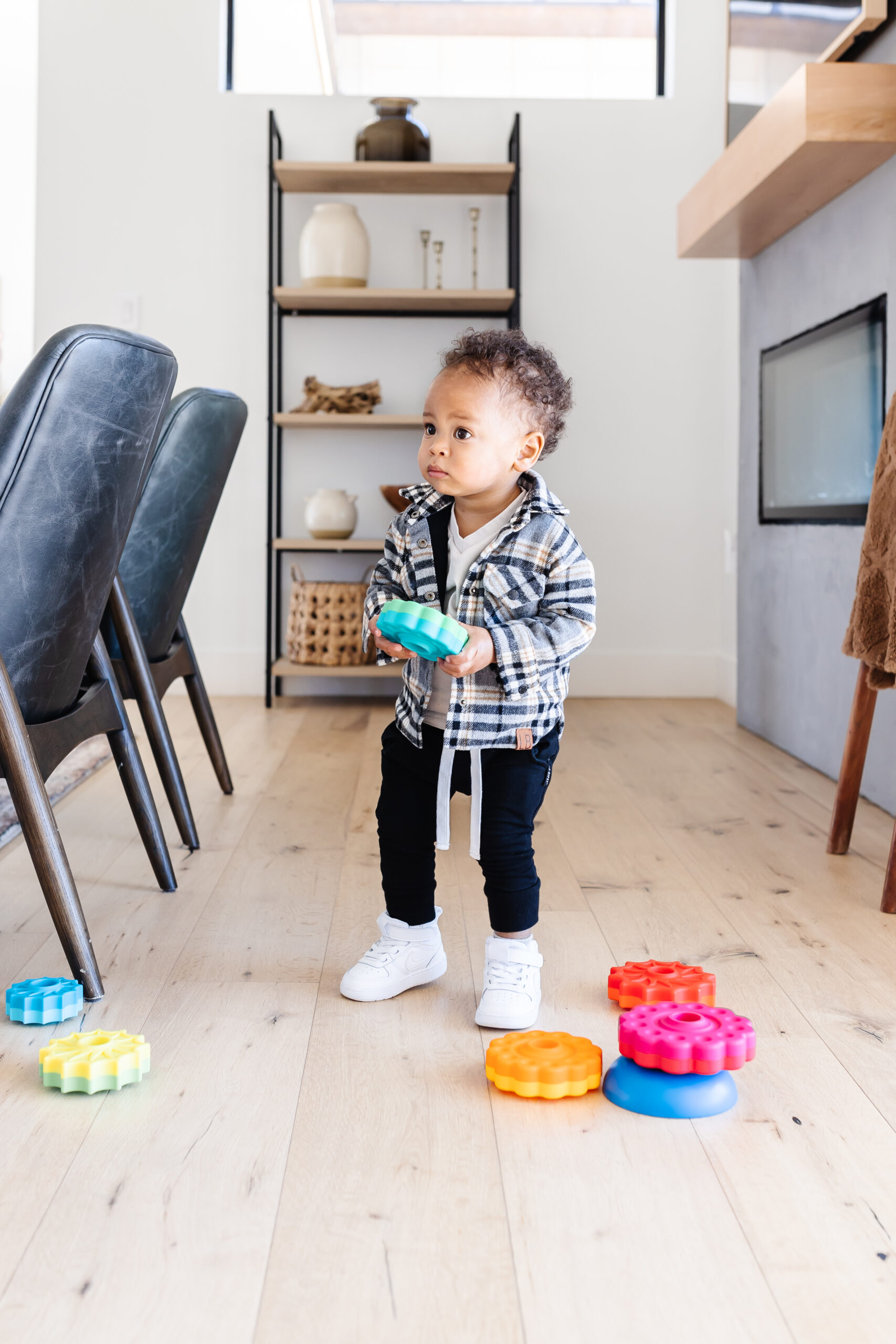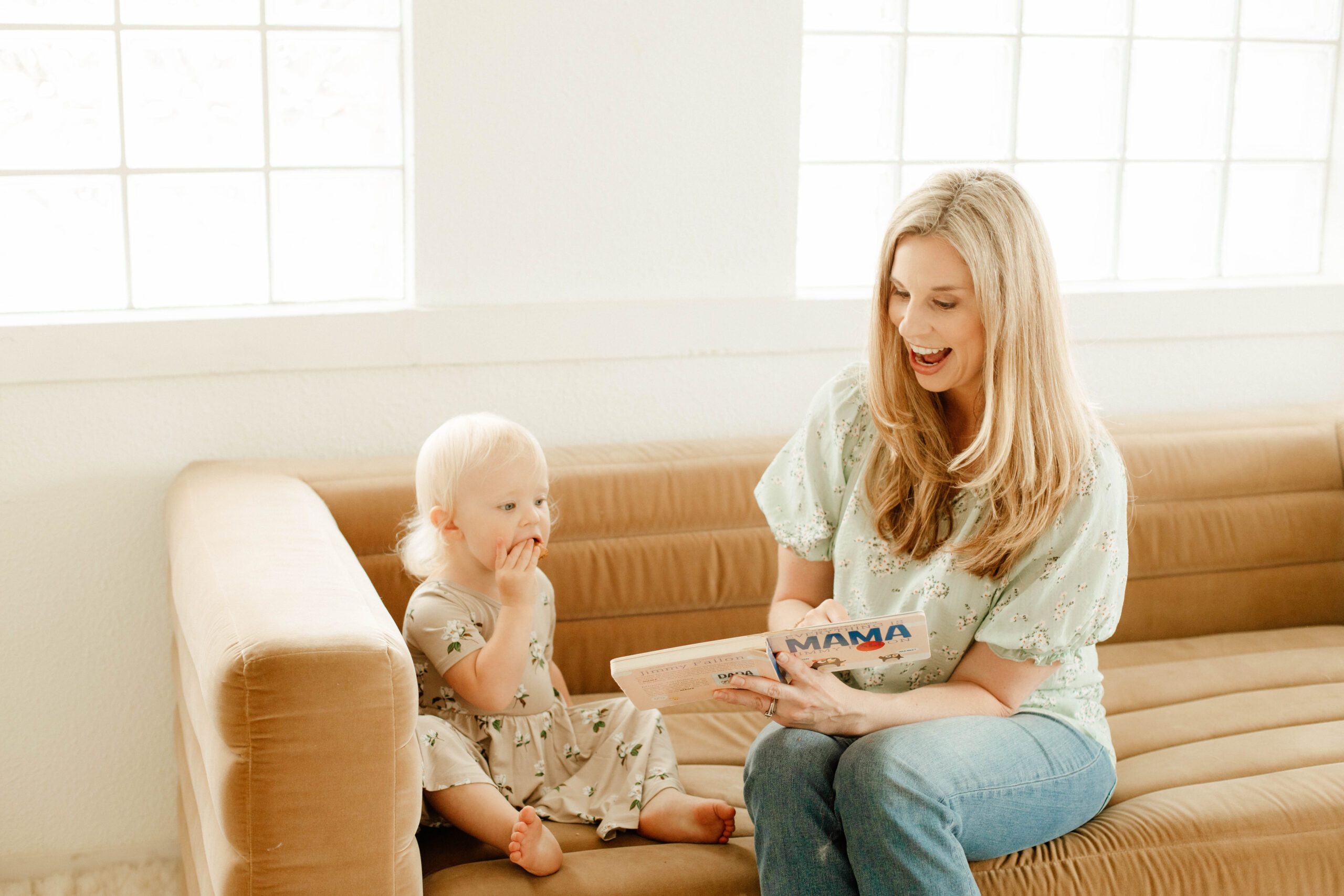
Brooke Andrews, M.A CCC-SLP
Play is the primary vehicle for all learning in early childhood. Read more on the benefits of play in my article, “Why Play?” here. Children are “hard-wired” to learn through their experiences during play. Play in an excellent opportunity to work on language with your child. Read on for specific strategies to encourage language during play
1) Give choices: When you provide choices, you are acknowledging your child’s want and needs. At the same time, you are providing models for words in a non-threatening way. You can also teach concepts such as opposites this way (Example: Do you want a “big bubble” or a “little bubble”).
2) Use “fun” voices and sounds: Have you ever listened to children play? They change their voices easily to get into character. Changing your voice to high and “squeaky” or low and “scary” is a surefire way to make play fun! Use fun sounds while playing. Your toddler may be more likely to imitate sound than a word. Animal sounds, vehicle sounds, and exclamations are all great. Fun sounds and environmental sounds (think firetrucks and trains) are an excellent way to explore and play with the sounds your toddler is just learning.
3) Use gestures: When you are asking your child if he wants “big” tower in your “big” voice or a “little” tower in your “squeaky” voice, use your body to act out the words. Use big arms when describing something big and two fingers to demonstrate something little. Gestures give your child extra information about the words they are hearing and help them to learn new words and concepts. Gestures also provide children with a way to communicate as they are working on their verbal vocabulary.
4) Use a variety of words: We tend to primarily use nouns when talking to toddlers. Be sure to model other types of words as well. Use adjectives such as talking about how the car is “fast” or the dog is “soft.” Use verbs and action words such as “jump” and “run.” Model using pronouns such as “I” and “you.” When we model a variety of words for toddlers, we are giving them the building blocks to combine words when they are ready.
5) Wait: Waiting is one of the most powerful strategies you can use. When you wait, you are providing your child with an opportunity to communicate. Instead of immediately helping, wait and see what your child does. If they use a gesture or get upset, it is the perfect opportunity to model how to use the word “help” in a meaningful context. Also, if you wait, your child just may surprise you!
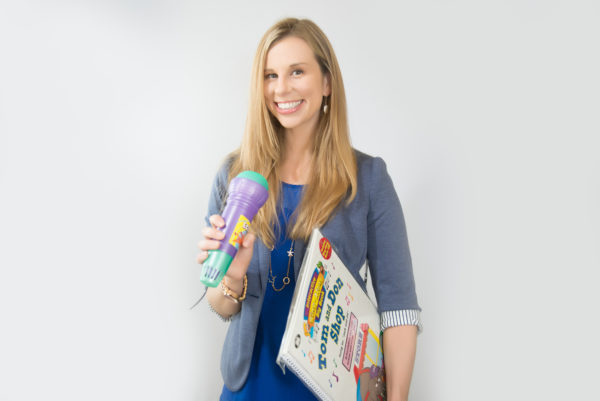
Brooke is the owner of The Speech Dynamic LLC , where she provides play based and family centered speech and feeding therapy. in the Greater Houston area, She is the co-creator of “Wiggle time,” an interdisciplinary curriculum for pediatric therapy. She has presented at The North Carolina Exceptional Children’s Conference regarding embedding language into routines. She has also shared her expertise on a panel for The University of North Carolina at Chapel Hill. Brooke has a passion for helping families understand the importance of play for speech & language development
